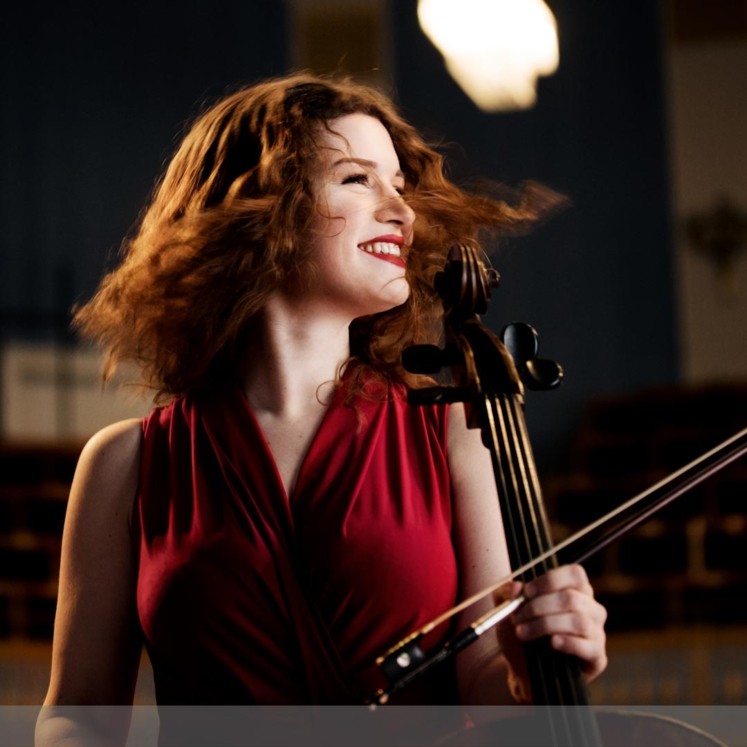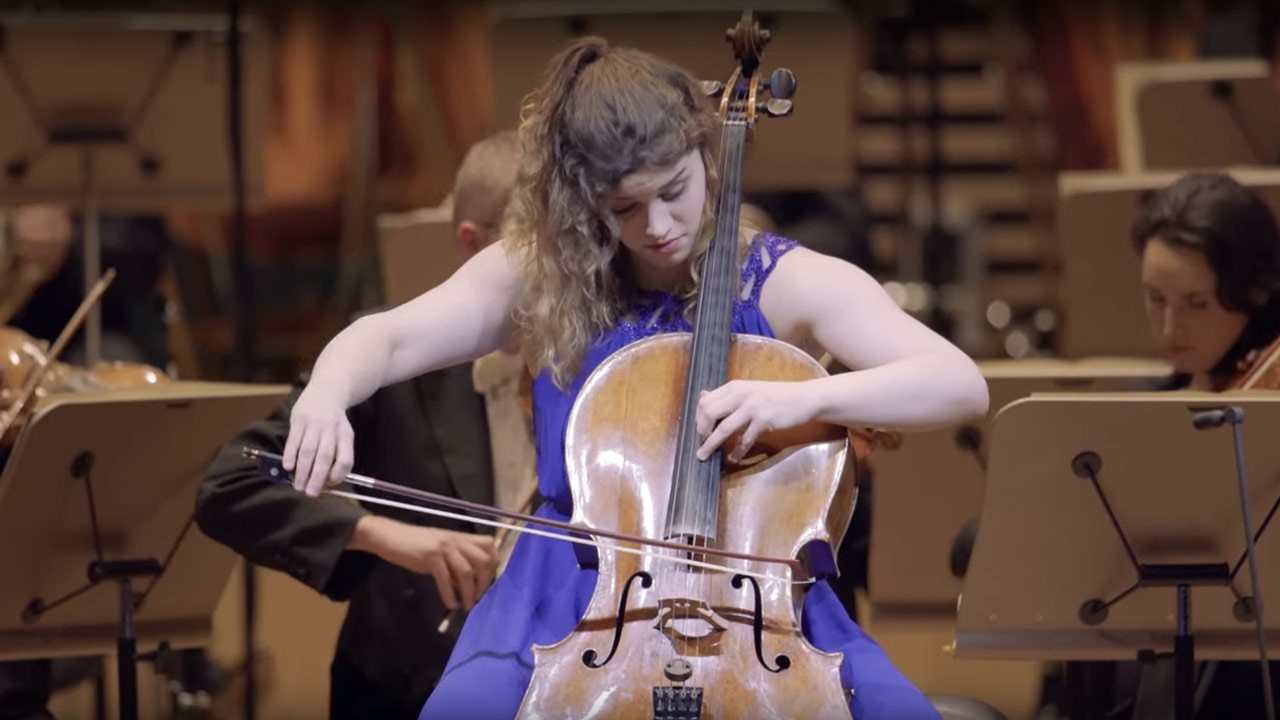
"A violoncellist [...] - that's all we needed!"
Until well into the first half of the 20th century, playing the violoncello was an extremely daring act for women. Before it became the norm in the course of the 19th century to support the instrument on the floor with a spike, it had to be clamped between the legs, which was an outrageous lewdness for women - from the men's point of view, of course. And even later, the few female cellists who dared to present their art to the public were encouraged to play the instrument in a kind of 'ladies' seat' with their legs crossed or both knees behind the body. The powerful, sonorous cello was considered 'unfeminine'. As late as 1876, the music critic Otto Gumprecht complained about the "isolated female organ or cello players and whatever other strange creatures there are [...]". With fascinating works by female composers from the end of the 19th century to the 20th century, including Nadia Boulanger's elegiac Three Pieces and Emilie Mayer's passionate Sonata in D minor, the cellist Julia Hagen and the pianist Alexander Ullman, two young, already internationally successful soloists, are dedicated to the long-suppressed female perspective on the cello.
Sofia Gubaidulina (* 1931)
From the Ten Preludes for Violoncello solo (1974, rev. 1999) BHP
1. staccato - legato
2. legato - staccato
4. ricochet
5. sul ponticello ordinario sul tasto
7. al taco - da punta d'arco
8. arco - pizzicato
Mel Bonis (1858–1937)
Cinq Pièces for piano, opp. 11, 29, 14, 12 & 28 (1889, 1897, 1889 & 1897)
Sonata in F major for violoncello and piano, op. 67 (1905)
–Break –
Cécile Chaminade (1857–1944)
Six Romances sans paroles for piano, op. 76 (1893)
Nadia Boulanger (1887–1979)
Trois Pièces for violoncello and piano (1913 or 1915)
Emilie Mayer (1812–1883)
Sonata in D minor for Violoncello and Piano, op. 38 (1873)
Julia Hagen | Violoncello
Alexander Ullman | Piano
